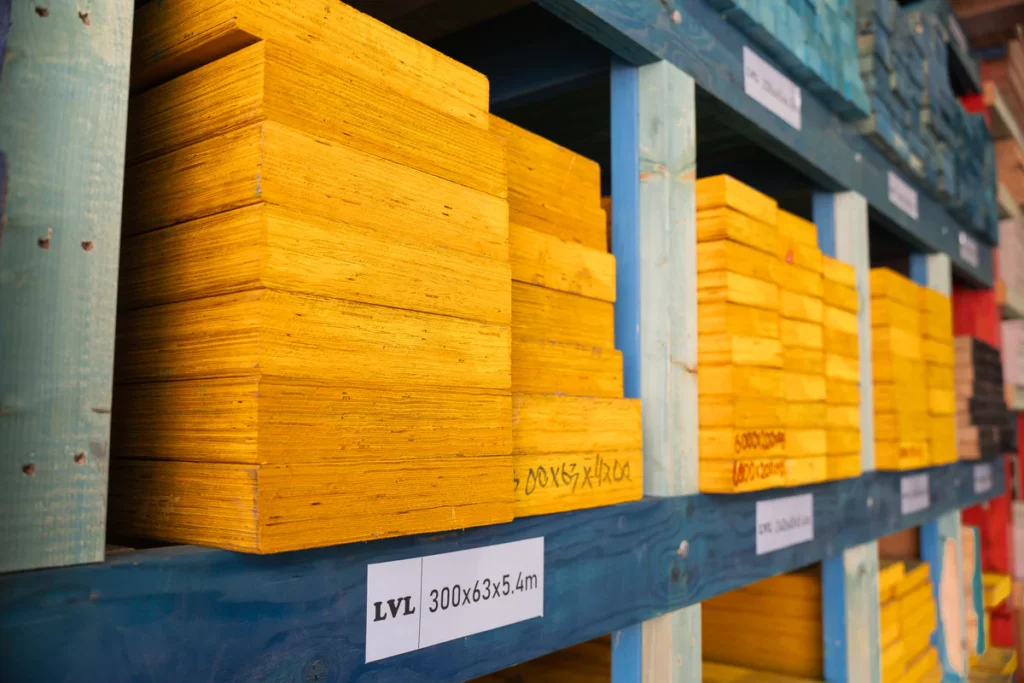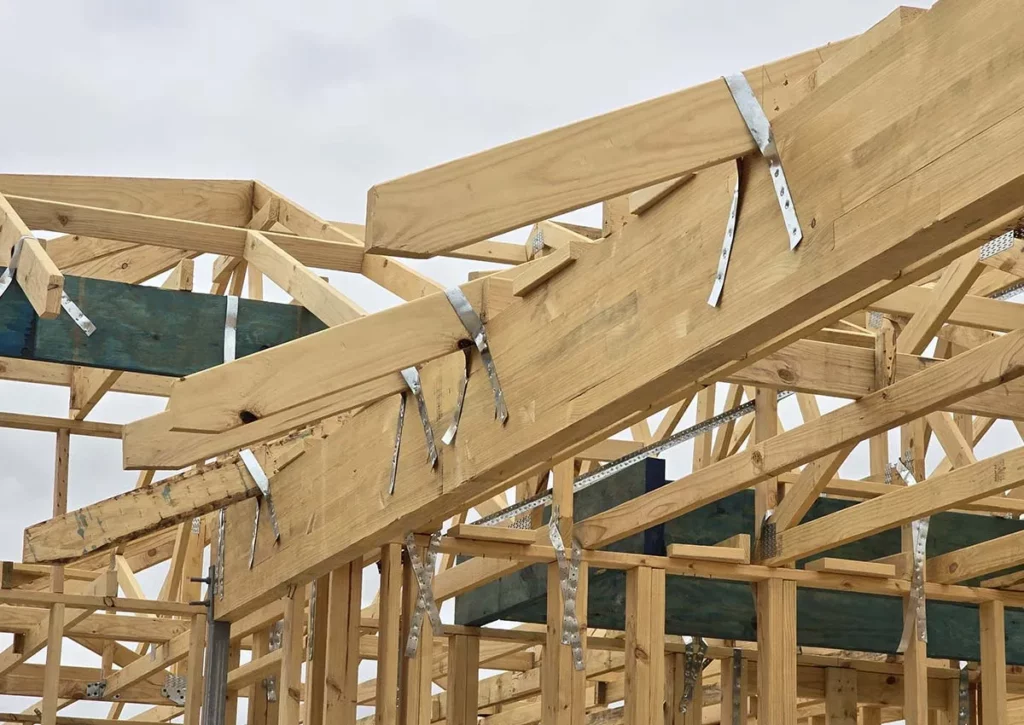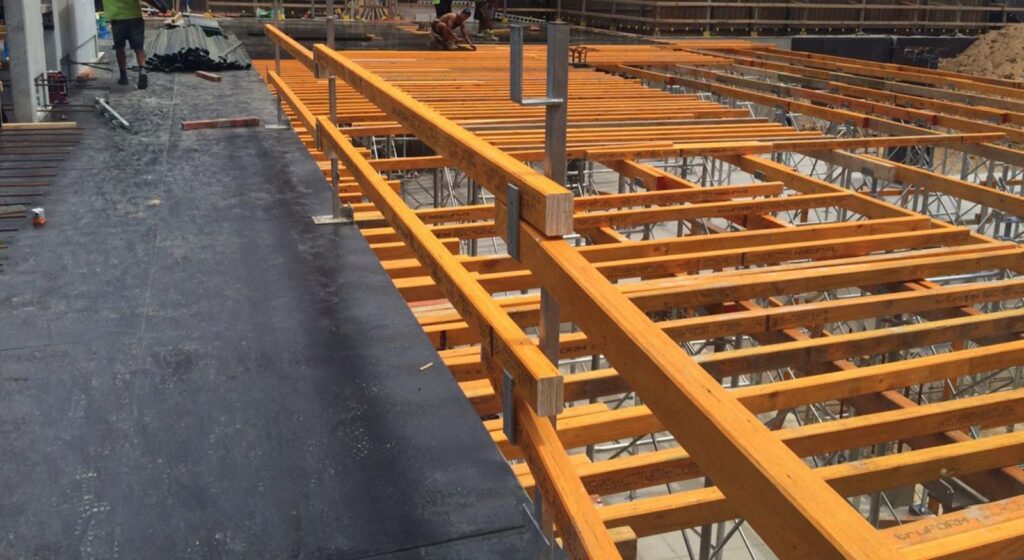Finding the Best Deals on LVL Timber for Formwork
LVL timber, also known as laminated veneer lumber, is a popular choice for formwork in construction projects due to its strength, durability, and cost-effectiveness. If you’re in the market for LVL timber and are looking to find the best deals, it’s important to consider a few key factors. In this article, we’ll explore the ins and outs of LVL timber for formwork and provide valuable tips on how to get the most bang for your buck.
Understanding LVL Timber and Its Uses in Formwork
Laminated veneer lumber (LVL) is an engineered wood product that consists of multiple layers of thin wood veneers bonded together with adhesives. This construction technique gives LVL timber its exceptional strength and stability, making it an ideal material for formwork in the construction industry.
Formwork refers to the temporary structures used to shape and support freshly poured concrete until it is strong enough to stand on its own. Lvl timber formwork is often used in formwork due to its ability to withstand high loads and resist warping or twisting. Additionally, LVL timber is known for its consistent quality and dimensional stability, making it easier to work with during the construction process.
What is LVL Timber?
LVL timber is manufactured by arranging thin wood veneers in a parallel orientation and bonding them together with adhesive. This construction method creates a composite material that offers higher strength and dimensional stability compared to traditional solid timber. LVL timber is typically available in standard sizes and can be cut to the desired dimensions for specific formwork needs.

Why Use LVL Timber for Formwork?
There are several reasons why LVL timber is a popular choice for formwork in construction projects:
- Strength: LVL timber has excellent load-bearing capacity, allowing it to support heavy concrete loads without deformation.
- Durability: LVL timber is highly resistant to warping, twisting, and moisture, ensuring that the formwork remains intact throughout the concrete curing process.
- Cost-effectiveness: LVL timber is competitively priced compared to other formwork materials, making it a cost-effective choice for construction projects.
- Ease of use: LVL timber is easy to handle and cut, making it a convenient option for formwork assembly.
Furthermore, LVL timber offers environmental benefits. It is made from sustainably sourced wood, which means that using LVL timber for formwork helps reduce the demand for solid timber from old-growth forests. This promotes responsible forestry practices and contributes to the preservation of natural habitats.
In addition to its strength and durability, LVL timber also provides excellent fire resistance. Its composition and manufacturing process make it less susceptible to fire damage compared to other materials used in formwork. This added fire resistance can enhance the safety of construction sites and reduce the risk of structural failures. Find more about susceptible on https://pubmed.ncbi.nlm.nih.gov/36127558/
Factors to Consider When Purchasing LVL Timber
Before making a purchasing decision, it’s important to evaluate several factors that can affect the quality and cost of LVL timber for formwork:
Quality of the Timber
Ensuring that you source high-quality LVL timber is essential for achieving reliable results in your formwork. Look for suppliers who follow strict quality control measures and can provide certifications indicating compliance with industry standards.
When inspecting the timber, keep an eye out for any visible defects or signs of damage, such as cracks, knots, or delamination. These imperfections can compromise the structural integrity of the formwork and lead to costly rework or even safety hazards. It’s also worth considering whether the supplier offers any warranty or guarantee on the quality of the LVL timber, as this can provide you with added peace of mind.
Size and Dimensions
The size and dimensions of LVL timber can vary depending on the supplier and formwork requirements. It’s crucial to consider the specific dimensions needed for your project and ensure that the supplier can provide the required sizes.
If you’re unsure about the optimal dimensions for your formwork, it’s always a good idea to consult with professionals or engineers who have expertise in this area. They can help you determine the most suitable dimensions that will not only meet your project’s needs but also minimize wastage and ensure efficient use of materials. This level of precision can save you both time and money in the long run.
Sustainability and Environmental Impact
In today’s environmentally conscious construction industry, it’s crucial to consider the sustainability and environmental impact of the materials you use, including LVL timber.
When selecting a supplier, look for those who source their timber from sustainably managed forests or have chain-of-custody certifications, such as Forest Stewardship Council (FSC) or Programme for the Endorsement of Forest Certification (PEFC). These certifications ensure that the timber comes from responsibly harvested and renewable sources, minimizing the negative impact on our forests and ecosystems.
By choosing sustainable LVL timber, you not only contribute to the preservation of our natural resources but also align your construction practices with the growing demand for eco-friendly solutions. This can enhance your reputation as an environmentally responsible company and attract clients who prioritize sustainability.
Comparing Prices of LVL Timber in Different Markets
When looking for the best deals on LVL timber, it’s essential to consider the prices in different markets. By exploring local and online options, you can gauge market trends and find competitive prices.
Read about lvl framework on: Why LVL Formwork is Essential for Modern Construction
Before making a purchase, it’s crucial to understand the factors that influence the pricing of LVL timber. Market demand, availability of raw materials, production costs, and economic conditions can all play a role in determining the final price of this construction material.
Local vs. Online Market Prices
Local suppliers may offer the advantage of proximity, which can reduce transportation costs and lead to quicker delivery times. However, it’s worth checking online suppliers as well, as they may offer competitive prices due to a wider customer base.
When comparing prices, don’t forget to consider the reputation and reliability of the supplier. While online suppliers may offer attractive prices, local suppliers may provide better customer service and support, especially in case of returns or exchanges.
Compare the prices from various sources, taking into account any additional costs, such as shipping or handling fees. Balance convenience, cost, and quality to make an informed decision. To know more about sources click here.
Seasonal Price Fluctuations
Like many construction materials, the price of LVL timber can fluctuate throughout the year. Consider timing your purchases to take advantage of seasonal price variations.
Some suppliers may offer promotional discounts or bulk pricing during slower construction seasons. By planning your purchases accordingly, you can potentially save on costs without compromising quality.
It’s also worth noting that global factors, such as trade agreements, tariffs, and currency exchange rates, can impact the price of LVL timber. Stay informed about these external influences to make strategic purchasing decisions.
Negotiating with Suppliers for Better Deals
Negotiating with suppliers can be a valuable strategy for obtaining better deals on LVL timber. Here are a few tips to help you negotiate effectively:
When it comes to negotiating with suppliers for better deals on LVL timber, it’s essential to approach the process strategically and with a clear understanding of your goals. By following some key tactics and best practices, you can increase your chances of securing favorable terms and pricing that align with your business needs.
Tips for Effective Negotiation
- Do your research: Before entering negotiations, gather information about the current market prices, competitor offers, and any additional services or incentives suppliers may provide. Understanding the market landscape will empower you to negotiate from a position of knowledge and strength.
- Clearly define your requirements: Clearly communicate your needs, including the desired quantity, dimensions, delivery schedules, and any special requests. This will make it easier for the supplier to understand your expectations and provide accurate quotes. By providing detailed specifications, you can ensure that both parties are on the same page from the outset.
- Request multiple quotes: Obtain quotes from multiple suppliers and use them as leverage during negotiations. This can help you achieve more competitive pricing. By comparing offers from different vendors, you can identify the best value proposition and potentially negotiate more favorable terms.
- Build rapport and foster long-term relationships: Establishing positive relationships with suppliers can lead to preferential treatment, discounts on future purchases, and access to exclusive promotions. Maintain open communication and explore opportunities for collaboration. By nurturing these connections, you can create a mutually beneficial partnership that extends beyond individual transactions.
Furthermore, it’s important to approach negotiations with a collaborative mindset, seeking to create win-win solutions that benefit both your business and the supplier. By fostering a sense of partnership and mutual respect, you can lay the foundation for a long-term, productive relationship that yields ongoing benefits for all parties involved.

Saving Costs without Compromising Quality
While finding the best deals on LVL timber is important, it’s equally crucial to ensure that quality is not compromised. Here are a few strategies to save costs without sacrificing the quality of the timber:
When it comes to purchasing LVL timber, it’s essential to strike a balance between cost-effectiveness and quality. By exploring various avenues to save on costs, you can optimize your budget without compromising the structural integrity of your project.
Buying in Bulk
Purchasing LVL timber in bulk quantities can often result in lower prices. If your project requires a significant amount of timber, consider buying in bulk to take advantage of volume discounts and reduce overall costs.
Moreover, buying in bulk can streamline your construction process by ensuring a consistent supply of materials, reducing the risk of delays due to material shortages. It also allows for better project planning and budget management, as you can estimate costs more accurately with a bulk purchase strategy.
However, make sure you have proper storage facilities and account for any additional handling or transportation expenses associated with storing and moving larger quantities of timber. Proper storage is crucial to maintaining the quality of the timber and preventing any damage that could affect its structural performance.
Utilizing Discounts and Promotions
Keep an eye out for discounts and promotions offered by suppliers. These can include seasonal sales, bundle deals, or loyalty rewards programs.
By staying informed about ongoing promotions, you can capitalize on cost-saving opportunities without compromising on the quality of the LVL timber. Additionally, building strong relationships with suppliers through loyalty programs can lead to long-term benefits, such as preferential pricing and priority access to new product offerings.
Joining industry associations or networking groups can also provide access to exclusive offers and opportunities to connect with suppliers who can offer competitive prices. Networking within the industry not only opens doors to potential cost-saving deals but also allows you to stay updated on market trends and innovations in timber technology.
Conclusion
Finding the best deals on LVL timber for formwork requires careful consideration of various factors such as quality, size, sustainability, and price. By understanding the benefits of LVL timber, comparing prices in different markets, negotiating effectively, and implementing cost-saving strategies, you can procure high-quality timber at competitive prices for your construction projects. Remember, it’s important to strike a balance between cost and quality to ensure the success of your formwork endeavors.

